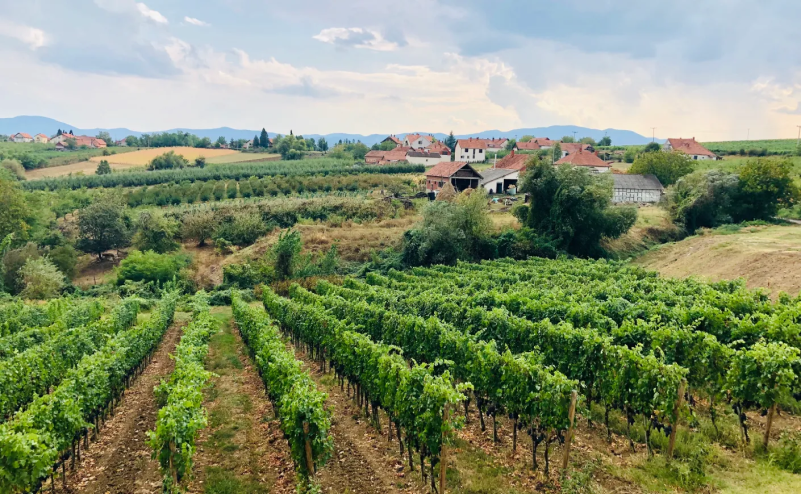
This article was developed within the program Venture an Idea funded by the USAID.
There's a kind of magic to this word; it transcends tastes, borders, nations, and even cultures. Many of the world's great wine regions (Bordeaux, Tuscany, Maipo.) are worth a visit for their beauty alone.
But back to the juice. In the last 20 or so years, Serbia has made huge strides to catch up with the world. Courtesy of its continental climate and fertile, river-rich land, the wine here is up there with the best, and it's closing in on your more popular (and a helluva lot more expensive) world offerings.
Although not revered as Rakija, wine has a much older pedigree stretching back to Ancient Roman times. It is also at least a decade ahead in terms of scene, retail network, tourism offerings, and things of that sort. Let's dig in.
Wine Regions
In broad strokes, there are three main wine regions in Serbia.
Central Serbia, with its hillside and mountainous terrain, yields itself well to viticulture. The majority of vineyards in central Serbia take their minerals from the lower land around the Great Morava River. It is home to the queen and king of Serbian grapes, Tamjanika and Prokupac.
Vojvodina region, located on the Pannonian Plain, is the polar opposite. It is as flat as they come but still very rich in rivers and one profligate in indigenous varieties. Today, it provides a home to more than ten local grape varieties, including Smederevka.
Grape Varieties
Again, the country's rich soil lends itself to both white and red grape varieties. Numbers-wise. White varieties have a commanding lead, with two-thirds of the vineyards draped in white.
The most sought-after white grape varieties are ones native to the land like Tamjanika or Smederevka, while the crossbreeds like Župljanka or imports like Riesling and Sauvignon Blanc serve as perfect companions to a blend. The most planted white grape, however, is Riesling Italico, which accounts for 14% of all whites.
Of the red grapes grown in Serbia, Prokupac wears the crown. Although more recognizable Cabernet Sauvignon and Merlot are a more regular feature in the vineyards, Prokupac is the quintessential Serbian red, and do look for it in a blend. For the wine connoisseurs out there, Prokupac has many similarities to a more international Syrah.
Wine Tourism
95% of Serbian wine is consumed within the country's borders, meaning that you'll not likely find it on the shelves elsewhere. While here, though, it'd be a shame not to try.
Luckily, you can try Serbian wine just about everywhere. To start with, wine tastings directly on-site are becoming a thing. Book your visit to any of the wineries nearby, and chances are you'll be greeted by the person actually making the product.
In Belgrade, there are wine bars, restaurants, and specialized retail shops at every corner, with usually a good selection on offer both by the bottle and by the glass. More often than not, the hosts are knowledgeable (and passionate) about their products, so do not hesitate to ask for recommendations.
This article is made possible by the support of the American people through the United States Agency for International Development (USAID). The contents of this program are the responsibility of Nova Iskra and do not necessarily reflect the views of USAID or the United States Government.